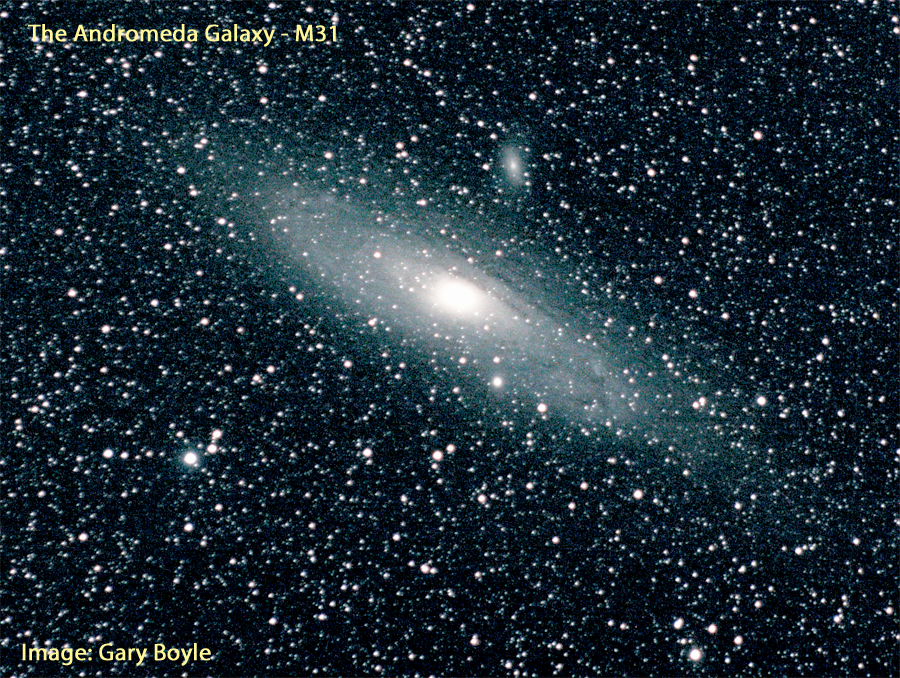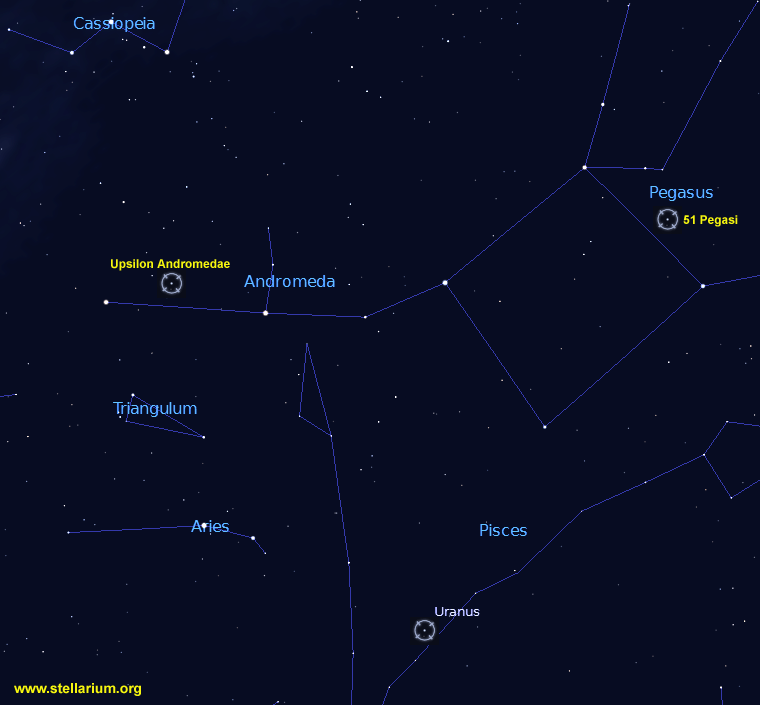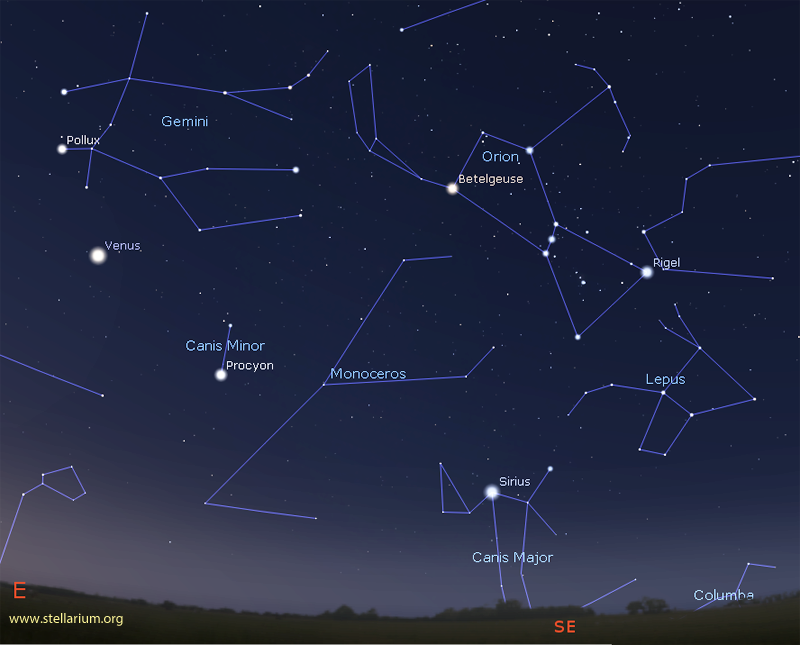Rising Pegasus
The Great Square of Pegasus depicting the mythological winged horse is now high in the eastern sky. Pegasus is one of the original 48 constellations listed by Ptolomy sometime after 150 BC and was part of the story of the “Royal Family of Constellations”. The story depicts King Cepheus and Queen Cassiopeia sacrificing their daughter Andromeda to the sea creature Cetus to appease the angry gods. Our hero Perseus the Hunter saves Andromeda and they both ride off on Pegasus.
The celestial square is quite obvious in the sky and is home to a few interesting and challenging deep-sky objects. First is the spiral galaxy NGC 7331 nicknamed the ‘Deerlick’ which can be located a little more than four degrees north of the star Matar. Matar has a spectral class of G5, so it is a bit cooler than the sun. It is a double star or quadruple star system – a double-double located about 230 light-years.
At 47 million light-years, NGC 7331 is a common target for astrophotographers. Close to this galaxy are a few fainter and much farther galaxies aka ‘The Fleas’. They are NGC 7335 magnitude 13.5 and 310 million ly away, NGC 7336 magnitude 15.6 and 430 million ly distant, NGC 7337 also magnitude 15.6 but 320 million ly away and NGC 3740 at magnitude 14.6 and 320 million ly from us. Not far is ‘Stephen’s Quintet’ with members around the 14th magnitude range and locate 2080 to 320 million ly away.

The most famous and a favourite shown at stars parties is the Andromeda Galaxy. This is the closest neighbouring galaxy other than our satellite Megallantic Clouds. A truly amazing object to observe with a telescope but is bright enough to be seen on a clear moonless night in the countryside without optical aid. The galaxy is only 2.25 million ly away so the photons of light you see, left the galaxy when Homo Habilus was walking the earth.
M31 possesses a couple of satellite galaxies namely M32 and M 110. Today’s modern telescopes along with state of the art CCD cameras can image globular clusters in the galaxy. How many can you find?
There are a couple of naked-eye stars that are known to harbour exoplanets. The first is 51 Pegasi located 50 light-years from earth and in 1995 was the first sun-like star discovered to harbour a planet. It has been officially named Dimidium and has a magnitude of 5.4. Over in Andromeda, look for the star Upsilon Andromedae located 44 light-years away. The parent star to four exoplanets is a bit brighter at magnitude 3.8.

After a memorable month of July Comet 2020 F3 (NEOWISE) is rapidly dimming and is now located low in the western sky after sunset. By month’s end, it will be near Virgo and an eleventh magnitude smudge. It is currently magnitude 8.7 and returns 6,700 years from now.
Aside from the above-mentioned objects, the bright planets own the night. Jupiter and Saturn are well up in the southern sky after sunset. Be sure to consult the RASC Observer’s Handbook 2020 for the ephemeris of moon transits and eclipses. Mars is up in the eastern sky by 9:30 p.m. local time with brilliant Venus seen in the northeast by 3 a.m.
Sure signs of winter knocking at the door in a few months is seeing the constellation Orion well up in the east and along with Venus, the Hyades and Pleiades. This is something to witness on a clear moonless morning.

The equinox occurs on September 22 at 13:31 UT signifying the beginning of Fall in the northern hemisphere and Spring in the south. The equinox is also time to look for the elusive zodiacal light in the eastern sky before the first glimmer of dawn. The zodiacal light is caused by reflected sunlight of dust grains in the inner solar system.
Your two-week window to capture this begins September 15. Dark sky locations and moonless mornings are a must to see this tilted wedge of light. Try imaging the lights with a DSRL on a tripod. The Full Corn Moon occurs September 2 and New Moon will occur on September 17.
Until next month, clear skies everyone.
